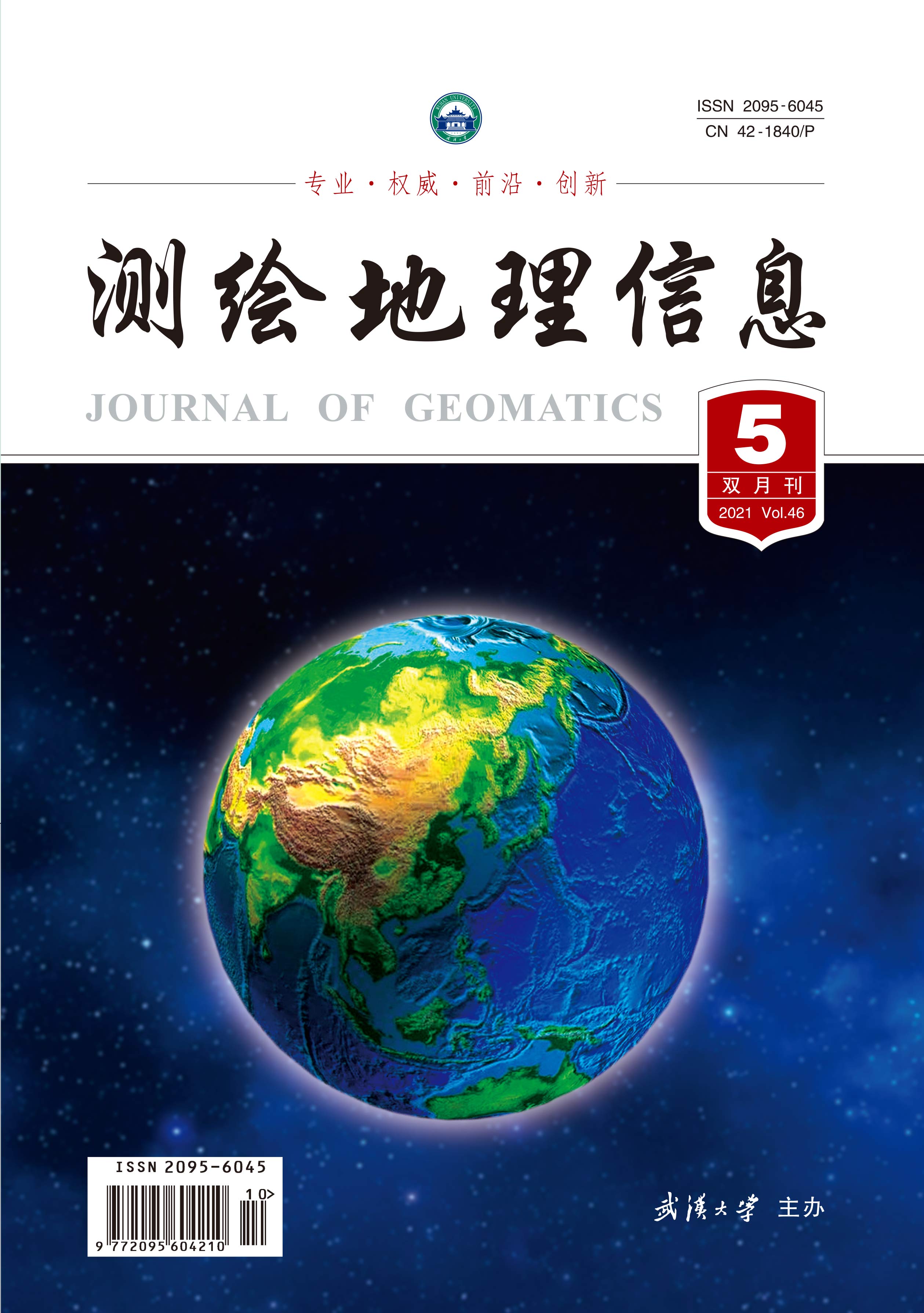Quantifying Spatio-Temporal Land Surface Temperature and Biophysical Indices for Sustainable Management of Watershed: A Study of Vishwamitri Watershed of Gujarat
Q4 Computer Science
引用次数: 0
Abstract
Spatio-Temporal Analysis of the nexus between vegetation dynamics and climatic parameters like surface temperature is essential in environmental and biophysical studies and for monitoring and management of watersheds. This study explored the spatio-temporal distribution of land surface temperature (LST), Normalised Difference Water Index (NDWI), and Normalized Difference Vegetation Index (NDVI) and the relationship between them in the Vishwamitri watershed of Gujarat for the Pre Monsoon and Post Monsoon of the Year 2001 and 2016 using Landsat dataset. The findings of the study showed that the LST of the Vishwamitri watershed. The mean LST value of the year 2001 was 46.19°C in the pre-monsoon season and 39.27°C in the post-monsoon season. Mean LST values for the year 2016 were 49.34°C in pre-monsoon and 35.21°C in the post-monsoon season as observed. The spatial distribution of NDVI and LST reflects an inverse relationship. A strong positive correlation between LST with NDVI is observed over highly dense built-up areas. In summary, the LST is greatly controlled by surface characteristics. The results of this study illustrate there has been a dynamic change in vegetation cover of the watershed in all seasons. There was also a negative correlation between LST and NDVI in the studied years. The study concludes that there has been a degradation of vegetation and intensification of LST in the year 2016 as compared with the year 2001. This study can be used as a reference for land use and environmental planning in a tropical city.流域可持续管理的时空地表温度和生物物理指标量化研究——以古吉拉特邦维什瓦米特里流域为例
植被动态与地表温度等气候参数之间的时空关系分析在环境和生物物理研究以及流域监测和管理中至关重要。利用Landsat数据,研究了2001年和2016年古吉拉特邦Vishwamitri流域季风前和季风后的地表温度(LST)、归一化差水指数(NDWI)和归一化差植被指数(NDVI)的时空分布及其相互关系。研究结果表明,维什瓦米特里流域的地表温度。2001年季风前平均温度为46.19°C,季风后平均温度为39.27°C。2016年季风前平均温度为49.34°C,季风后平均温度为35.21°C。NDVI的空间分布与地表温度呈反比关系。在高密度建成区,地表温度与NDVI呈显著正相关。综上所述,地表温度在很大程度上受地表特征的控制。研究结果表明,流域植被覆盖在各个季节都是动态变化的。在研究年份,LST与NDVI之间也存在负相关。研究认为,与2001年相比,2016年出现了植被退化和地表温度加剧的趋势。本研究可为热带城市的土地利用和环境规划提供参考。
本文章由计算机程序翻译,如有差异,请以英文原文为准。
求助全文
约1分钟内获得全文
求助全文
来源期刊

测绘地理信息
Earth and Planetary Sciences-Earth-Surface Processes
CiteScore
0.20
自引率
0.00%
发文量
4458
期刊介绍:
 求助内容:
求助内容: 应助结果提醒方式:
应助结果提醒方式:


